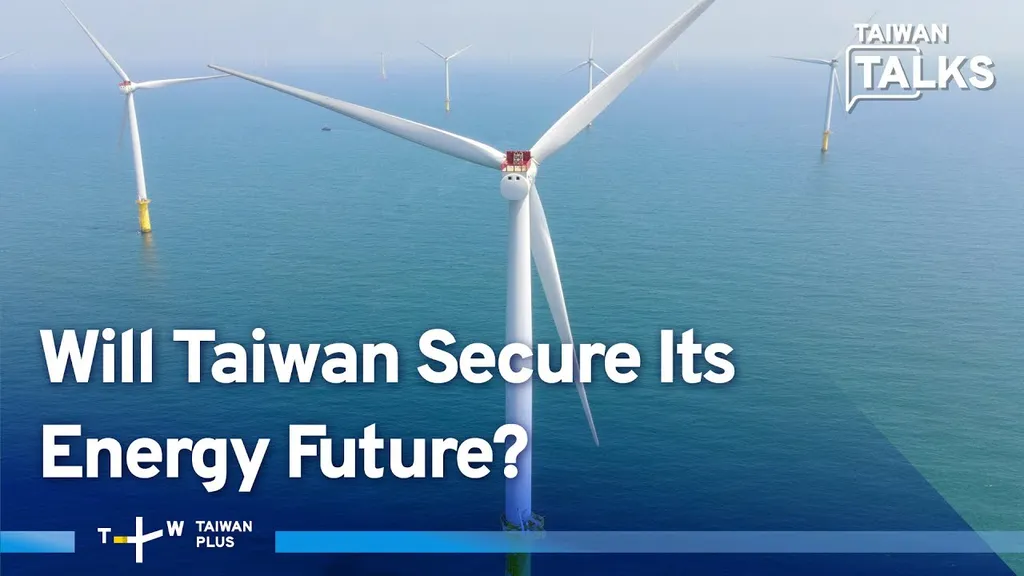In a significant stride towards enhancing energy efficiency in buildings, researchers have developed a novel approach to producing low-emissivity (low-e) coatings using an air-based sputtering technique. This innovation, led by Xin-Xian Yang from the Department of Materials Science and Engineering at National Chung Hsing University in Taiwan, promises to revolutionize the energy sector by offering a scalable and cost-effective solution for high-performance low-e coatings.
Low-e coatings are essential for reducing energy consumption in buildings by minimizing heat transfer through windows. Traditional methods for producing these coatings often involve complex, high-vacuum processes that are costly and time-consuming. However, the new study, published in the journal Applied Surface Science Advances (translated as “Advances in Surface Science and Applied Technology”), introduces a more straightforward and efficient technique.
The researchers employed the Taguchi method to optimize the thickness and sheet resistance of Ti-N-O multilayers, resulting in a-TiNxOy/TiN(O)/a-TiNxOy multilayer thin films. “By systematically optimizing these parameters, we were able to achieve a balanced performance of infrared reflectivity, visible transmittance, and low thermal emittance,” explained Yang. This balance is crucial for the practical application of low-e coatings, as it ensures that the coatings can effectively reflect heat while allowing visible light to pass through.
The study revealed that TiN(O) exhibits a lower refractive index and higher extinction coefficient, while amorphous TiNxOy shows a higher refractive index and negligible extinction coefficient. This contrast supports improved optical interference effects in the multilayers, enhancing their overall performance. The optimized films demonstrated impressive infrared reflectivity (44.3–67.5% at 2 μm), visible transmittance (30.1–59.4% at 550 nm), and low thermal emittance (0.30–0.57), making them comparable to reference high-vacuum sputtered TiO2/TiN/TiO2 multilayers.
One of the most significant advantages of this new technique is its potential for scalability and cost-effectiveness. “Our air-based sputtered multilayers achieve substantially higher figures of merit than previously reported TiN-based single-layer and multilayer coatings,” noted Yang. This means that the new method could be easily integrated into existing manufacturing processes, making it a viable option for large-scale production.
The commercial implications of this research are substantial. Energy-efficient buildings are increasingly in demand as the world seeks to reduce its carbon footprint and combat climate change. Low-e coatings play a crucial role in this effort by reducing the energy required for heating and cooling. The new technique developed by Yang and his team could make these coatings more accessible and affordable, accelerating the adoption of energy-efficient building practices.
Moreover, the study highlights the effectiveness of the Taguchi optimization approach, which could be applied to other materials and processes in the future. This opens up new avenues for research and development in the field of materials science and engineering.
In conclusion, the research led by Xin-Xian Yang represents a significant advancement in the production of low-e coatings. By offering a scalable, cost-effective, and high-performance solution, this innovation has the potential to shape the future of the energy sector and contribute to a more sustainable built environment. As the world continues to grapple with the challenges of climate change, such advancements are not just welcome but essential.

